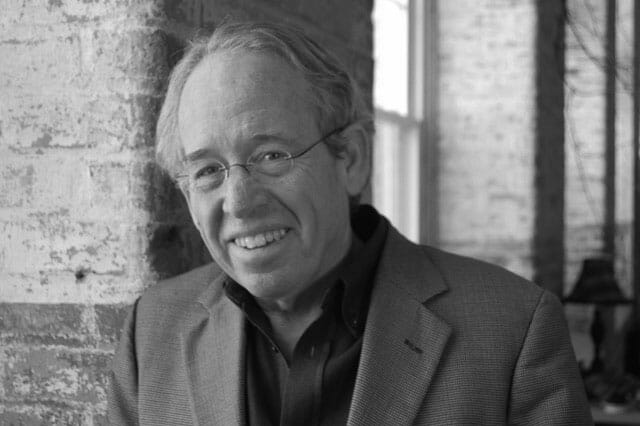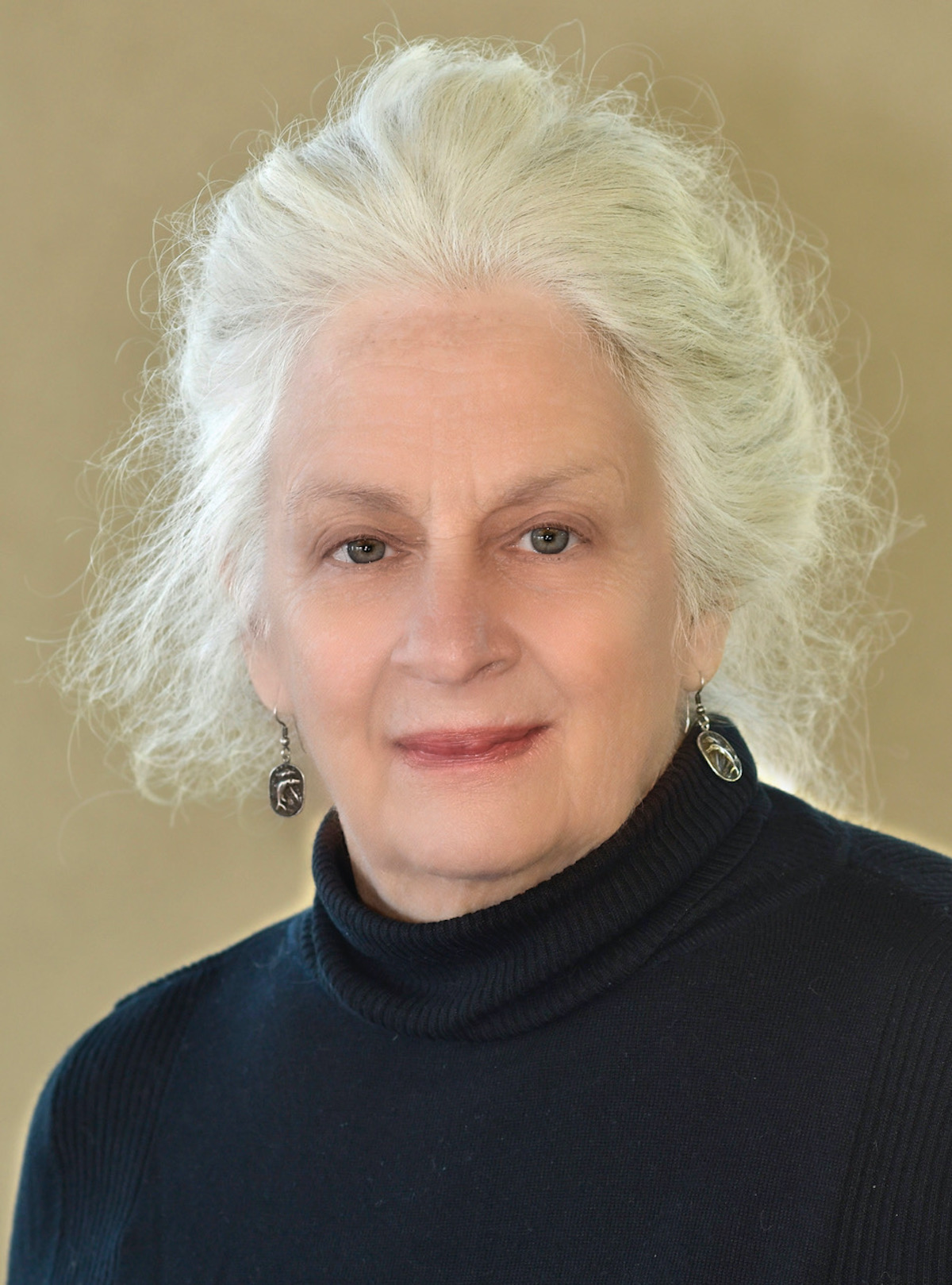By Scott Graber
It is Saturday, and this morning I’m with my friend Thayer Rivers at Corner Perk where we are sipping cappuccino.
I met Thayer when we were both cadets at The Citadel.
Thayer, then a private, was in a squad where I was the sergeant.
Notwithstanding my rank I didn’t entirely embrace a system that, for eight months, beat-up on these bewildered, bald-headed plebes who were then trying to learn a system of arcane rules that would govern their miserable lives.
Some nights I would summon my “knobs” to my room on the pretext that I was going to dole out some corporal punishment. But once in my room I would say “at ease” and allow them to study, talk, escape the 4th class system for an hour.
After The Citadel, Thayer went to the University of Georgia for his law degree. Then he returned to Ridgeland and opened a firm just across the street from a bronze memorial that segregated the White war dead from the Black war dead.
Thayer knew everybody, and he was an important source of information when a developer was contemplating a remake of Chelsea Plantation; or when Ridgeland was weighing Tickton’s annexation that would permit the building of 2,000 homes.
In those cases, I would call Thayer in order to better understand the issues and the actors. This morning we’re again talking about Jasper’s history and, of course, its future.
“Most of Jasper’s landowners bought Civil War bonds and, of course, we lost that war and everyone went bankrupt,” he says.
“A few people, like the Perry Family, did not buy bonds and would eventually become the distributors for Sinclair Oil products in Jasper. They owned all the land on the West side of the railroad tracks (in Ridgeland) and developed that part of town,” he continued.
“In 1871 — I call it the Class of 1871 — a few men came to Jasper buying thousands of acres that had once been cotton and rice plantations. The McCleods, Garnetts and Lightseys were the first of these big chunk buyers.”
Later on they would sell these same tracts — places like Good Hope Plantation — to northerners like Harry Hollins who was a partner to J. Pierpont Morgan. All of which set the scene for Jasper’s Hunting Club Era
The Okatie Club — at 50,000 acres — was the largest of these hunting clubs which usually included a rambling clubhouse, servants along with a special station built on the Charleston to Savannah railroad for the convenience of their winter-time guests.
Initially, there was alarm in South Carolina about the spread of these hunting clubs into the coastal counties. Indeed a “special tax” was proposed in 1917 that would collect two cents per acre for every acre over 5,000; and five cents per acre for tracts of 50,000 acres or more.
But the northern bankers — led by Okatie Club — rallied against this “penny tax.” Eventually they mollified the Legislature who abandoned its effort to collect compensation for what might have been called a “lost opportunity” fund.
And things would get worse for Jasper.
By the mid 1920s, thanks to the boll weevil, cotton-growing was a money losing proposition. And soon the growing of produce — vegetables shipped north on the Atlantic Coast Line Railroad — wasn’t doing all that well either. This left Jasper’s economy in the hands of the northern “sportsman” who lived in splendid isolation in their rustic lodges, with their engraved shotguns and their mule-drawn wagons that got them into nearby shooting fields.
When I came to Beaufort in 1970, I wrote an article about the taxes generated by an acre of unimproved pine forest — 68 cents.
“Jasper had two plants — Wayneline and Holiday Wear — but was mostly given to growing pine trees — forests being 73.8 % of the County’s 650 square miles.”
I wrote that this 68 cents (versus $1.36 cents in Beaufort County) was entirely inconsistent with the operation of successful schools or the building of infrastructure that might entice industry into Jasper County.
But now — thanks in part to those shotgun-toting rich folk — many of these chunks have been sold to the Nature Conservancy or have conservation easements saving them from transubstantiation into the vast geography of apartments, town homes and retail that surround Charleston, Savannah and Myrtle Beach.
Who would have thought that Jasper — at least the Northern part of that County—would remain a verdant refuge that now protects the purity of Port Royal Sound?
Jasper’s public schools, however, still founder.
Scott Graber is a lawyer, novelist, veteran columnist and longtime resident of Port Royal. He can be reached at cscottgraber@gmail.com.






